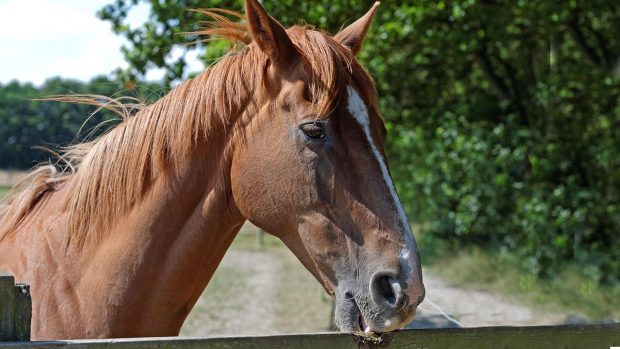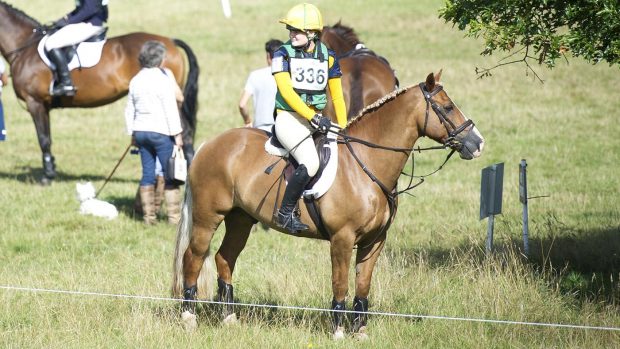There’s lot to like about the winter competition scene. Horses are clipped and keen, while indoor venues tend to have a cosier feel than the sprawling summer showgrounds. From bobble hats to sizzling bacon baps, various tricks and treats can soon brighten the prospect of getting out and about in the colder months ahead, says Andrea Oakes
1. Find the right surface
“The arena surface is one of my priorities,” explains dressage rider and trainer Maria Griffin. “I prefer a ‘ride-on’ surface that the horses can skip on top of, so I choose venues with well-prepared arenas or those that won’t get waterlogged and freeze. Winter weather can be extreme and some venues are very exposed, so an indoor arena is always an attractive option.”
2. Make sure the lorry is in working order
“We have the lorry serviced regularly and take it out as often as possible — the worst thing is to leave it standing around,” adds Maria, crediting a “great mechanic” for keeping it winter-ready. “We also take an extra plug-in heater to warm up the living area. It’s horrible changing into your competition gear in the cold.”
3. Discover your secret weapon
Laura Wollen’s secret weapons are heated boot insoles — a “revelation” she discovered last year. “I’ve always struggled with chilblains,” says the dressage rider and trainer. “At previous winter shows I’d ended up unable to feel my feet, which can be disastrous. These insoles react with oxygen when you take off their wrappers, giving you around six hours of heat. I use hand warmers, too, because if you blow on your hands you just make your gloves damp.” Aside from taking dry, clean spares of everything, plus “three or four coats”, Laura chooses venues with a decent surface and good facilities. “It’s not just that it’s nicer for us and the horses to be out of the cold,” she explains. “It can be a nightmare if the surface freezes and the show is cancelled at the last minute.”
4. Avoid weather-related health problems
Even with minimum mud and a well-maintained surface, waterlogging can lead to skin problems. “Do your best to towel-dry legs and don’t leave a horse with water dripping from his coat,” advises showjumper Holly Smith. “I’ve had a few with cracked heels, which can be hard to eradicate once established. The best preventative measure I’ve found is liquid paraffin, as it forms a barrier on the legs and stops anything penetrating.”
Like this? You might also enjoy reading these:
9 reasons riders love (and hate) autumn
9 dressage questions you’ve been meaning to ask your trainer
5. Allow plenty of time
Eventer Anna Horton competes indoors in winter in dressage, showjumping and British Eventing jumping and style (JAS) classes, taking younger horses out one weekend and older ones out another to avoid lengthy waits. Her advice for the collecting ring is to allow bags of time and to go on foot first to assess the facilities. “I pick someone who’s competing a couple ahead of me and try to follow them through their warm-up, as they’ll be putting up the jumps I need,” she says. “It can be difficult to get your canter going sufficiently forwards for jumping, so make as much use of the space as you can and jump on an angle if you need to. It may be possible to find a quieter time for faster work.”




